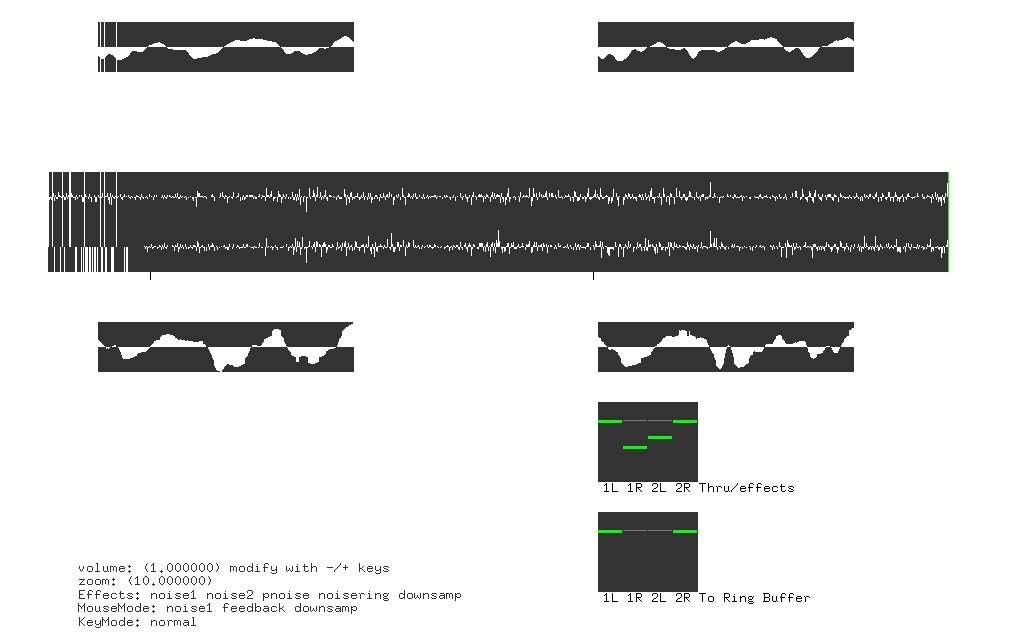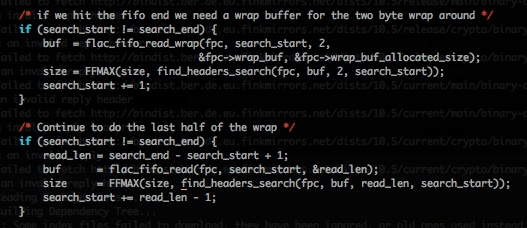09
Dec 10
01:10
Listen to your computer: lstn
Lstn is another project I’ve been working on with Institute for Algorhythmics.
It is a program that sonifies real-time debugging data of other programs. If you were interested in the FuckingAudacity or FuckingWebBrowser demos you’ll probably like this one. Those were sonification from the inside out, and lstn is about external sonification:
We sonify opcodes, callstack, and active memory. The sonification of active memory is direct, but sonifying opcodes and callstack info is more tricky to do ‘mostly honestly,’ and we’re still trying to figure it out. The project is still in alpha stage.
You can use lstn to attach to pretty much any program on the mac besides itself.
You can also use lstn to do old-school sonification of chunks of memory (as opposed to jumping around wherever the opcodes go.) The sonification of memory this way has a suprising amount of periodicity in it, creating both tones, and even things like crecendi and decrecendi.
There is built in osc support, but we’re not sure yet what data to send, as my impression is that osc might choke if you send too much stuff at irregular intervals.
I’m hoping to work more on the display to draw a visual map of the memory and program counter and also some tree-like structure for visualizing the callstack.
Another feature to note is the speed control which reduces the speed of the program being attached to. This is important because our ears won’t be able to catch things that happen at rates higher than the sample rate. I hope as the sonification methods become more meaningful that this feature will have more value.
This project started last February, but has only gotten this far because I keep changing OS’s and computers. The program needs different source for each of these combinations, since the opcodes and opcode format for i386, i386_64 and ppc are different. As of right now it works on ppc best and i386 (core duo) pretty well. on ppc you can simultaneously attach to many different processes, but I haven’t gotten that to work on core duo yet.
This project has taught me a lot more about cpu internals and program structure than any other program, (or class for that matter) has given me. So if you’re a programmer and this kind of stuff tickles your whatever, I suggest taking a look at the source and asking me about it. Otherwise just hold on till we get a real release.



